We previously reported on the Federal Court decision of Aussiegolfa v FTC here and here. The Full Federal Court has now handed down its appeal decision. This case is an important because it considers two key planks of the superannuation prudential standards, the in-house asset rules and the sole purpose test. This snippet looks at the former, another snippet looks at the latter.
Sladen Snippet – super guarantee amnesty in limbo
The legislation to pass the government’s proposed amnesty for super guarantee has failed to pass the senate in the June 2018 sittings.
Sladen Snippet – ATO acknowledges transfer balance problem with market linked pensions
The ATO has released SMSF News Alert 2018/3 under which it acknowledges a defect in the transfer balance cap regime which can cause the debit on the commutation of a market linked pension (or life expectancy pension) to equal nil.
Sladen snippet – Government announces a 12 month amnesty for outstanding super guarantee obligations
The Government has released a bill that provides a “one off” 12 month amnesty to encourage employers to self-correct historical super guarantee non-compliance.
Sladen snippet – adding LRBA loans to total super balance measure has been watered down
The Government has released a bill to “add back” limited recourse borrowing arrangement (LRBA) loans in the calculation of a member’s total superannuation balance (TSB).
Sladen snippet – Extension of NALI to non-arm’s length expenses measure before parliament
The Government has released a bill to extend the application of the non-arm’s length income (NALI) rules to income and capital gains gained or produced under arrangements involving non-arm’s length expenditure. The genesis of this measure was non-commercial limited recourse borrowing arrangement (LRBA) loans but the proposed legislation applies to all arrangements where there is non-arm’s length expenditure or costs and also to arrangements where assets are acquired for under market value consideration.
Sladen snippet – superannuation announcements in the 2018 budget
Sladen snippet – Government announces move to 6 member SMSFs
The Government has announced a proposal to increase the maximum number of members that a self managed superannuation fund (SMSF) can have from 4 to 6.
Sladen snippet –SMSFs can no longer have reserves?
Sladen snippet – What is on the ATO’s SMSF radar for 2017/18?
In a recent speech, James O’Halloran, Duty Commissioner Superannuation at the ATO, set out the ATO’s current areas of focus for the self managed superannuation fund (SMSF) sector. This includes that the ATO:
Sladen Snippet - Aussiegolfa part 1 - the in-house asset rules and what is an interest in a trust?
Sladen Snippet - Aussiegolfa part 2 – Court finds SMSF to be in breach of the sole purpose test
Sladen Snippet – ASIC warns against cutting corners with binding death benefit nominations
The Australian Securities & Investments Commission (ASIC) has released a media release putting the financial advice sector on notice about ensuring that binding death benefit nominations (BDBNs) are signed and witnessed correctly.
Sladen Snippet – Due date for SMSF 2016/17 tax returns extended to 2 July 2018
The ATO has announced the extension of the lodgment date for self managed superannuation (SMSF) annual returns for the 2016/17 year to 30 June 2018. Because 30 June 2018 falls on a Saturday, the ATO has confirmed the lodgment can occur on Monday 2 July 2018 without penalties.
Sladen snippet – ATO releases final position on TBAR with a welcome compromise
The ATO has released a media release confirming its final position on its new event based reporting regime to be known as the transfer balance account report or “TBAR”.
New Issues with Owning Real Property in an SMSF
Sladen snippet – ATO consults on alternative timeframes for the TBAR regime
Sladen Snippet – ATO to extend transitional period for new SMSF TBAR reporting regime
Sladen Snippet – Are actuarial certificates required if a pension is commuted on 30 June 2017
Self managed superannuation funds (SMSFs) are not required to obtain an actuarial certificate if 100% of the SMSF is in “pension phase” for 100% of the year. That is, the SMSF uses the segregated method for the whole year. But what happens for SMSFs that use the segregated method for the 2017 year but, because of the transfer balance cap measure, have to commute back their pensions to $1.6 million by 30 June 2017?
Sladen Snippet - further changes to TRISs – qualifying for retirement phase and the cost base reset
The Treasury Laws Amendment (2017 Measures No. 2) Bill 2017 has been tabled in Parliament. The Bill proposes to make two important changes to transition to retirement income streams (TRISs). Firstly, to allow certain TRISs to qualify for “retirement phase” and, secondly, to ensure TRISs qualify for the cost base reset.
















